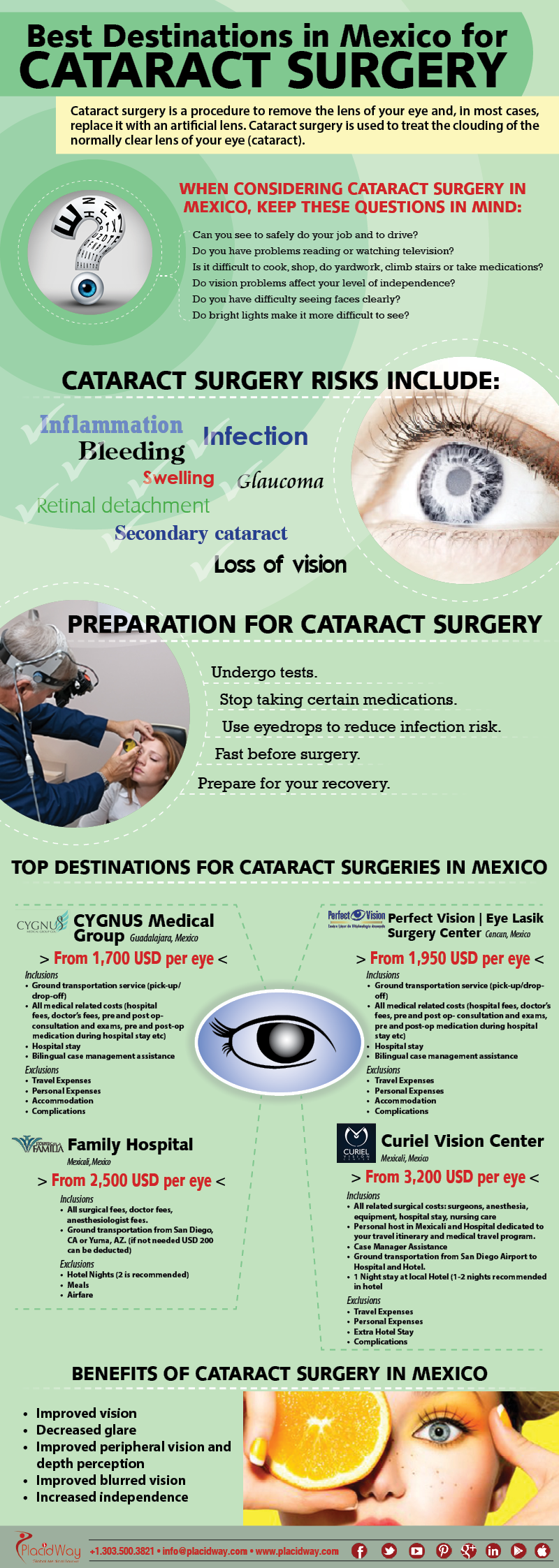Interested In Learning More About The Differences In Between SMILE, LASIK, And PRK Eye Treatments?
Interested In Learning More About The Differences In Between SMILE, LASIK, And PRK Eye Treatments?
Blog Article
Source Webpage By-McElroy Waller
If you have actually been considering SMILE eye surgery, you might question how it stacks up against LASIK and PRK. Each procedure has its very own collection of advantages and considerations. From quicker healing times to prospective threats, there are vital differences you need to know prior to choosing. Understanding these differences will aid you make an enlightened choice that lines up with your certain demands and assumptions. Interested to recognize more regarding how these procedures compare thoroughly? Keep on exploring to get a thorough understanding of SMILE, LASIK, and PRK.
SMILE Eye Surgery Summary
If you're thinking about SMILE eye surgical procedure, you'll find it to be a minimally intrusive treatment with a quick healing time. Throughout SMILE (Little Incision Lenticule Extraction), a laser is utilized to create a small, exact cut in the cornea to get rid of a little piece of tissue, reshaping it to correct your vision. This varies from LASIK, where a flap is created, and PRK, where the external layer of the cornea is entirely eliminated.
One of the vital benefits of SMILE is its minimally invasive nature, causing a faster healing procedure and much less pain post-surgery. The recovery time for SMILE is fairly quick, with many clients experiencing boosted vision within a day or 2. This makes it a popular choice for those looking for a convenient and effective vision modification procedure. Additionally, SMILE has actually been shown to have a reduced danger of dry eye disorder contrasted to LASIK, making it a favorable alternative for individuals concerned regarding this possible side effect.
Distinctions In Between SMILE, LASIK, and PRK
When comparing SMILE, LASIK, and PRK eye surgeries, it's important to understand the unique strategies used in each treatment for vision correction.
what type of doctor performs cataract surgery (Little Cut Lenticule Extraction) is a minimally invasive treatment that includes creating a little cut to extract a lenticule from the cornea, reshaping it to correct vision.
LASIK (Laser-Assisted Sitting Keratomileusis) entails producing a thin flap on the cornea, using a laser to reshape the underlying tissue, and then repositioning the flap.
PRK (Photorefractive Keratectomy) eliminates the external layer of the cornea prior to reshaping the tissue with a laser.
The major distinction hinges on the method the cornea is accessed and treated. SMILE is flapless, making it a great choice for individuals with thin corneas or those involved in get in touch with sporting activities. LASIK provides rapid visual recovery as a result of the flap production, however it may position a greater risk of flap-related problems. PRK, although having a longer healing duration, prevents flap-related problems entirely.
Understanding these differences is crucial in picking one of the most suitable procedure for your vision modification needs.
Pros and Cons Comparison
To examine the benefits and disadvantages of SMILE, LASIK, and PRK eye surgeries, it's essential to think about the details benefits and possible constraints of each treatment. SMILE surgical procedure provides the advantage of a minimally intrusive procedure, with a smaller sized incision and potentially quicker recuperation time contrasted to LASIK and PRK. It likewise lowers the danger of dry eye post-surgery, a common adverse effects of LASIK. Nonetheless, SMILE may have limitations in treating greater levels of nearsightedness or astigmatism compared to LASIK.
LASIK Halos How Long offers rapid aesthetic recovery and very little discomfort throughout the treatment. It's very reliable in treating a vast array of refractive mistakes, consisting of myopia, hyperopia, and astigmatism. Yet, LASIK lugs a risk of flap problems, which can influence the corneal structure.
PRK eye surgical procedure, while not as prominent as LASIK, avoids producing a corneal flap, minimizing the threat of flap-related complications. It appropriates for individuals with thin corneas or uneven corneal surface areas. Nonetheless, PRK has a longer recuperation time and might include much more pain throughout the recovery process.
Final thought
So, when it comes to picking in between SMILE, LASIK, and PRK, consider it like selecting the ideal set of shoes. SMILE resembles a streamlined, comfortable pair of tennis shoes - quick and simple.
LASIK is a lot more like fashionable high heels - showy and fast, but with some potential dangers.
PRK resembles sturdy treking boots - dependable and durable, but requiring a bit even more effort and time.
Eventually, the very best choice relies on your individual demands and choices.
